Why you can trust TechRadar
Once again, because the Nikon 1 J2 uses the same sensor and processor as the Nikon 1 J1, comments on its image quality are pretty much exactly the same.
Images straight from the camera are generally good, with a decent amount of colour saturation and detail captured by the 10.1 million pixel sensor.
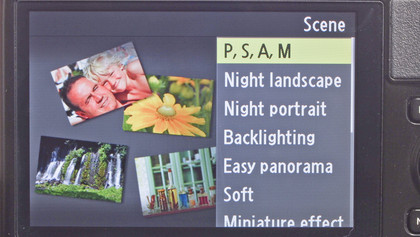
Nikon has added new creative filters to the Nikon 1 J2, presumably in a bid to compete with the likes of smartphone apps such as Instagram. Unfortunately, the selection it has added leaves a little to be desired, certainly being beaten by other competitors in this market.
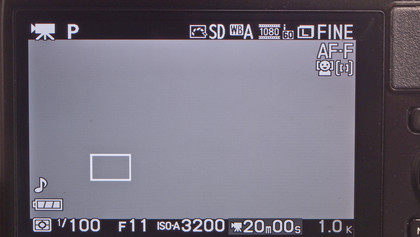
Those new filters are Selective Colour, Soft, and Miniature mode. While they are relatively easy to use, the lack of customisation is a little bit of a disappointment, especially with regard to Miniature mode. It's also a little disappointing that shooting in raw format when using the filters is not available, so that if you decide you don't like the filter down the line you are stuck with it anyway.
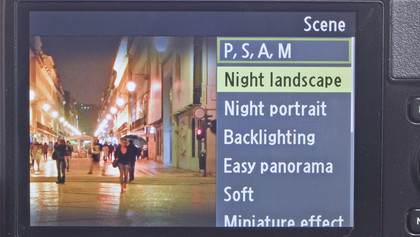
However, one much more flexible option if you want to get more creative is altering Picture Styles when shooting in semi-automatic or fully manual modes. Here you'll find lots of fine control over each style, especially in monochrome. Options to shoot in sepia, cyanotype and other variations of black and white are available, and are good fun to play with.
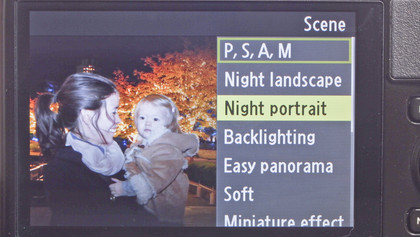
Other Picture Styles, such as Landscape and Portrait, can also be adjusted as necessary. It's also worth pointing out that images shot here can be shot in raw, enabling post-capture recovery of the "standard" colour if necessary.
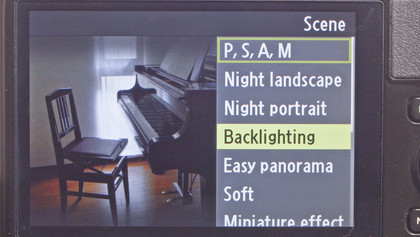
One of the most fun features of the Nikon 1 system in the Nikon 1 J2 is Motion Snapshot. This takes a one-second-long, slow-motion video, combining it with a still photo to produce a "living image" effect. It's a great mode to play around with, but is best watched back on the camera screen itself. The resulting video and still are saved as two separate files on the memory card, and sound doesn't seem to be brought across.
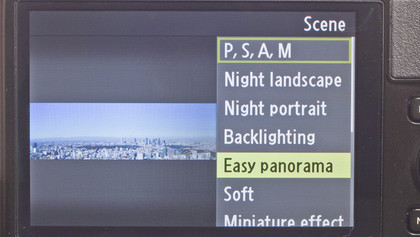
Smart Photo Selector is the key feature Nikon has used to market this camera. It works by shooting 20 high resolution images before the shutter button has even been fully pressed. The camera then automatically chooses the best five images, from which you can choose your favourite. This mode works pretty well, and is especially handy for those people wanting to photograph kids or pets, since these subjects tend to be a little harder to capture.
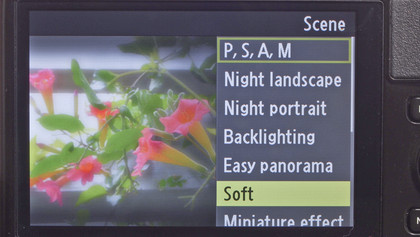
Examining images at 100% on the screen does reveal that fine detail is a little soft, but at standard printing sizes this shouldn't be a problem at all.
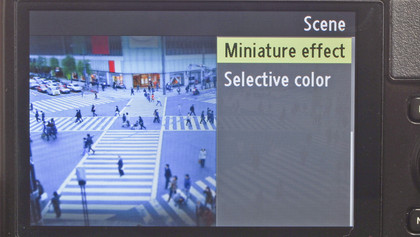
Multi-purpose Matrix metering does a good job, even with mixed lighting conditions. When shooting in P/A/S/M mode, you can also alter metering modes to choose from Center-weighted and Spot metering if you find that Matrix isn't doing a good enough job.
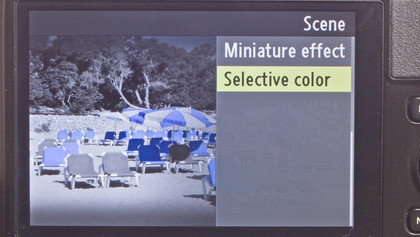
Considering the Nikon 1 system houses a small sensor, it does a decent job of capturing detail, although our tests have revealed that it doesn't compete with Micro Four Thirds cameras, which user a bigger sensor.
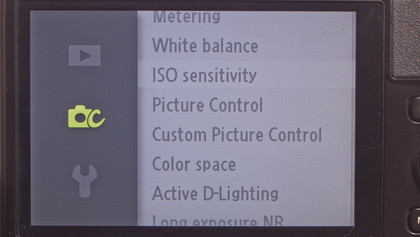
As already mentioned, the screen is the biggest noticeable improvement on the Nikon 1 J2. Now boasting a resolution of 920,000 dots, it is a much more enjoyable device to use when compared with its predecessor, the Nikon 1 J1.
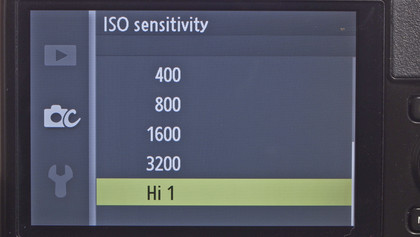
Images appear bright and crisp, and it is viewable from a wide number of angles in all but the brightest of sunlight.
Current page: Performance
Prev Page Build quality and handling Next Page Image quality and resolutionAmy has been writing about cameras, photography and associated tech since 2009. Amy was once part of the photography testing team for Future Publishing working across TechRadar, Digital Camera, PhotoPlus, N Photo and Photography Week. For her photography, she has won awards and has been exhibited. She often partakes in unusual projects - including one intense year where she used a different camera every single day. Amy is currently the Features Editor at Amateur Photographer magazine, and in her increasingly little spare time works across a number of high-profile publications including Wired, Stuff, Digital Camera World, Expert Reviews, and just a little off-tangent, PetsRadar.

